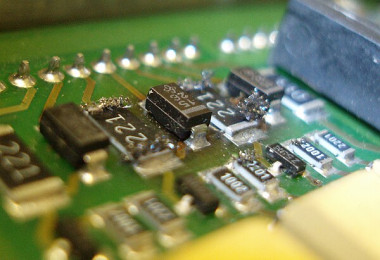TIL computers can sometimes grow crystals
Tin in solder or some other meals can form spiky crystals when under stress. These whiskers can form short circuits if not properly insulated or not alloyed with other metals.

There have been multiple accounts created with the sole purpose of posting advertisement posts or replies containing unsolicited advertising.
Accounts which solely post advertisements, or persistently post them may be terminated.
Tin in solder or some other meals can form spiky crystals when under stress. These whiskers can form short circuits if not properly insulated or not alloyed with other metals.
